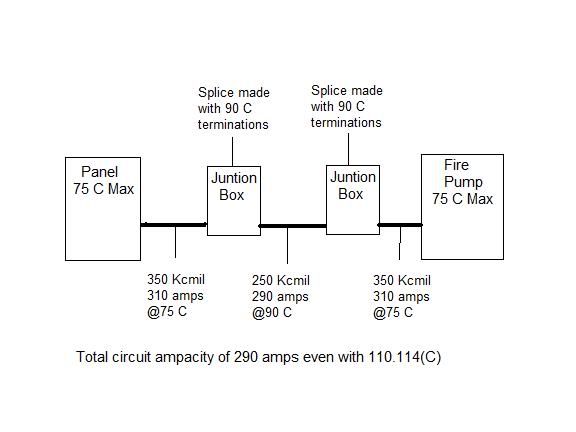I have no idea. Assuming that the initial installation is compliant, then the conductors in the existing pipes are probably matched (310.4(B)). When a third pipe is added, likely as not it will be a different length which will require matching the new conductor's length to the old (as well as the type, etc). Sure it's possible, but not a slam-dunk. If the new is shorter than the existing, you can just coil up the excess at one. OTOH if the new pipe is longer than the existing, there may be a problem. All I'm sayin' is that it might not be as simple as just pushing in another conduit. (I could be wrong, too. It happens a lot.)
If 240.40 exception 2 applies, then they don't have to be connected at the load end and the parallel matching goes away.

